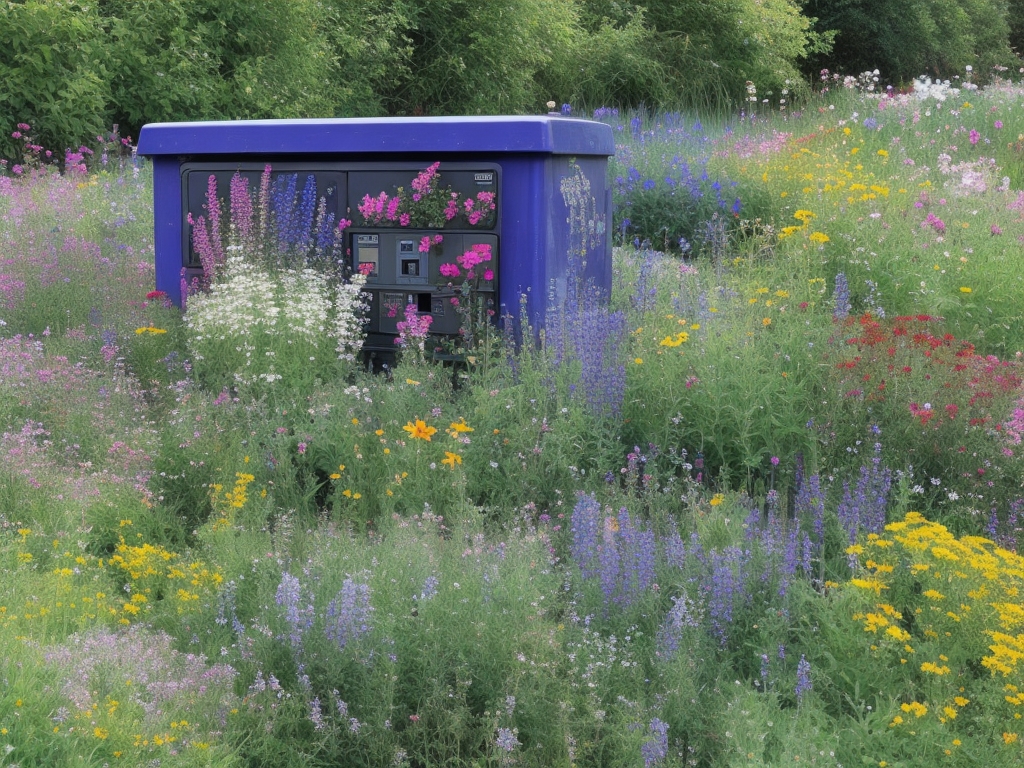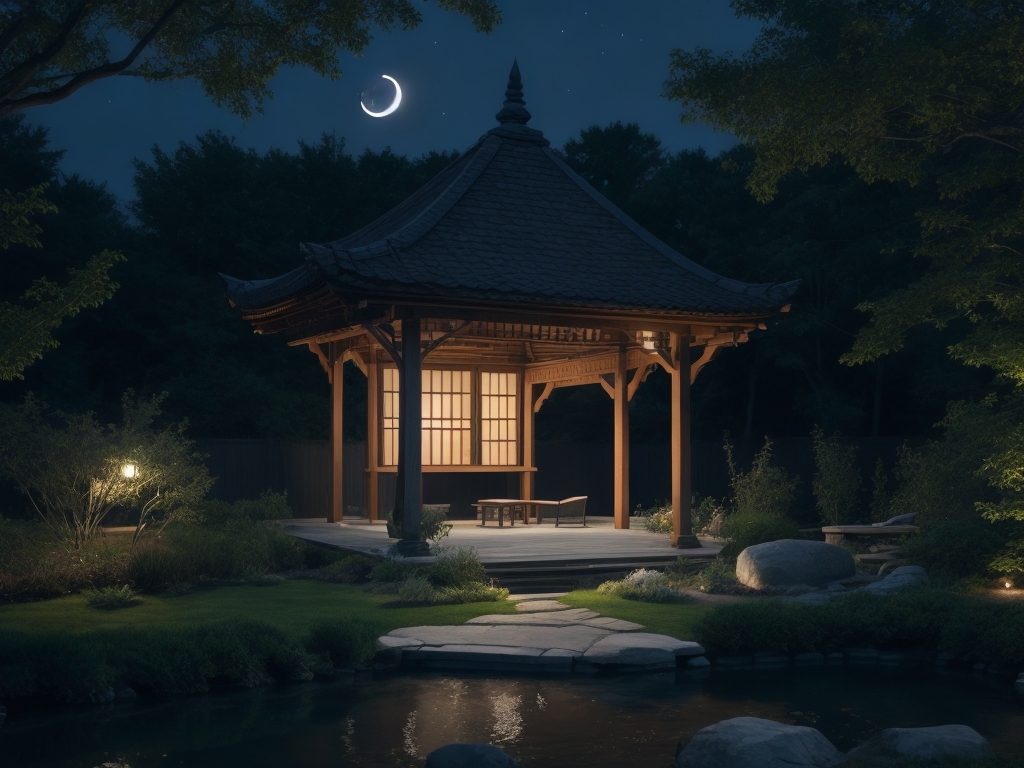When Is the Best Time to Build a Shed? Seasonal Tips for a Smooth Construction
Picture stepping outside to find your perfect shed waiting—sturdy, stylish, and ready to organize your world. But when’s the ideal moment to bring this dream to life? Timing isn’t just about convenience; it can shape the entire building experience, from weather challenges to cost savings.
Choosing the right season means you’ll avoid soggy grounds and soaring prices while enjoying smoother construction days. Plus, building at the perfect time can extend your shed’s lifespan and keep your project stress-free. Ready to uncover the secrets behind the best time to build your shed? Let’s immerse and make your outdoor space transformation effortless and efficient.
Factors Influencing The Best Time To Build A Shed
Choosing the best time to build a shed depends on several key factors. Understanding these elements lets you plan effectively, ensuring your project runs smoothly from start to finish.
Weather Conditions
Weather shapes the shed-building experience profoundly. For example, dry seasons, like late spring or early fall, offer ideal conditions by preventing delays caused by rain or snow. If you attempt construction during winter, frozen ground and ice may complicate foundation work and increase risks. Conversely, intense summer heat can lead to discomfort and faster material degradation. According to the National Weather Service, moderate temperatures between 50°F and 75°F minimize weather-related setbacks. Evaluating local climate patterns before scheduling influences not just timing but also the quality and durability of the shed.
Soil And Ground Preparation
Examining soil type impacts when and how you build your shed. Clay-heavy soils, common in many regions, retain moisture, making spring a less favorable option due to soggy ground that hinders stability. Sandy or well-draining soils allow more flexibility but still require proper leveling and compacting. Ignoring these conditions risks structural issues long-term. You might want to schedule groundwork during drier spells to help easier excavation and concrete curing if your foundation involves it. Local agricultural extensions and soil surveys provide detailed insights, helping you match soil behavior with construction timing.
Personal Schedule And Availability
Your availability controls the pace and oversight of the project significantly. Balancing busy workweeks, family commitments, or other home improvement tasks demands realistic scheduling. Delays decrease when you allocate consistent periods for construction activities, reducing rushed work that can compromise safety and quality. If your free time concentrates in summer months, even though weather challenges, the benefits of focused attention might outweigh environmental drawbacks. Alternatively, spreading the work over weekends in spring or fall maximizes comfort but extends the timeline. Planning sheds light on how personal rhythms interface with external conditions, encouraging practical decisions tailored to your lifestyle.
Seasonal Considerations For Building A Shed
Choosing the season to build your shed affects more than just weather. It influences ground conditions, material availability, and overall project ease. Let’s break down four main seasons so you understanding benefits and challenges of each.
Spring: Pros and Cons
Spring’s warming temperatures and increasing daylight create ideal conditions for shed construction. Moist soil from melting snow and rain improves shaping the foundation, but too much wetness can cause mud, making work tough. You might find better deals on materials as suppliers restock but be ready for occasional rain delays. For example, if you start building late March, you can use rising sunlight to extend work hours but also face patchy showers that stall progress. Weather unpredictability requires flexibility in timelines and project planning.
Summer: Pros and Cons
Summer shines with long, stable days perfect for extended work periods on your shed. Dry ground and warm weather speed up outdoor projects and reduce soil-related issues. But, extreme heat, especially in July and August, can sap your energy and damage materials sensitive to sun exposure. You might find prices high due to peak demand for lumber and labor. For instance, building during a heatwave in July might force frequent breaks and increase hydration needs, slowing progress even though favorable conditions. Planning early starts or late afternoons helps avoid the worst heat.
Fall: Pros and Cons
Fall offers mild temperatures and steady weather that soothes many garden projects including shed building. Soil remains workable from summer’s warmth while rain tends to be less frequent. This reduces risk of foundation issues common in wetter months like spring. Material costs often dip as demand drops after summer peaks. Starting a project in mid-September allows you take advantage of stable weather before early snows hit. But, shorter days limit work time, requiring efficient scheduling. If you miss the early fall window, approaching winter conditions complicates construction significantly.
Winter: Pros and Cons
Winter generally challenges outdoor builds but suits those with flexible schedules willing to face the cold. Frozen ground can complicate foundation digging, though it’s easier to compact soil around already set posts. Low humidity protects materials from moisture damage, but snow and ice present hazards that cause delays and safety concerns. For example, a January build demands constant site clearing but benefits if you need a shed ready by spring planting season. Discounts on labor and supplies appear during off-peak months, helping offset inconvenience but not all contractors accept winter projects.
| Season | Advantages | Challenges | Example Scenario |
|---|---|---|---|
| Spring | Increasing daylight, moist soil | Rain delays, muddy grounds | Late March rains affecting foundation work |
| Summer | Long days, dry ground | Heat exhaustion, higher material cost | July heatwave requiring breaks |
| Fall | Mild temps, steady weather | Shorter daylight | September construction before early snows |
| Winter | Low humidity, off-season discounts | Frozen ground, snow hazards | January build with constant snow clearing needed |
Think about how your personal schedule, local climate patterns, and project urgency align with these seasonal factors. You can create a timeline that maximizes productivity and minimizes risks. When you harness the natural rhythms of the year, shed-building becomes not just a task but a strategic, smoother process tailored to your needs.
Planning And Preparation Tips For Shed Construction
Preparing well for shed construction sets the foundation for a smooth build and lasting durability. Planning involves navigating permits, choosing materials wisely, and deciding between hiring pros or going DIY.
Permits And Regulations
Starting without securing necessary permits often causes costly delays or legal issues. You should check local zoning laws or homeowners association rules before ordering materials. For instance, some towns restrict shed sizes or locations on a property. Confirming regulations upfront avoids surprises later. If permits require professional submission, consider consulting a contractor or architect familiar with local codes. Remember, permit timelines vary — some regions process applications within weeks, while others take months. Planning accordingly prevents rushing or halting your project mid-way.
Material Selection And Storage
Selecting quality materials significantly impacts shed lifespan. Pressure-treated lumber resists rot better than untreated wood, and galvanized nails reduce rust. Vinyl siding outlasts painted wood but costs more initially. Think about your climate: humid areas need moisture-resistant materials, while windy zones demand reinforced framing.
Storing materials properly before and during construction prevents damage. For example, stacking lumber off the ground under a tarp avoids warping or mold. You can’t build efficiently if materials get ruined by rain or sun exposure. Organizing your workspace enhances productivity and reduces waste.
Hiring Professionals Vs. DIY
Choosing between professionals and DIY depends on your budget, expertise, and time. Hiring experts cuts down mistakes and speeds completion, although labor costs increase budget. A licensed contractor ensures structural integrity especially when dealing with complex roofing or electricals.
DIY saves money and adds personal satisfaction but risks errors leading to repairs later. Assess your skills honestly; if you’re unfamiliar with framing or permits, professional help may be better. Try breaking the project into tasks—maybe you install siding yourself after a pro completes the foundation.
Both options carry benefits; weighing cost, time, and quality guides the best choice for your shed. In any case, clear communication and realistic scheduling prevent frustration.
Building a shed is a project where foresight pays off. Secure those permits early, pick materials suited for your environment, and decide on expertise levels before picking up the hammer. These steps pave the way for a construction journey that’s efficient, enjoyable, and results in a sturdy shed you’ll use.
Conclusion
Choosing the right time to build your shed sets the foundation for a hassle-free project. By aligning your schedule with favorable weather and soil conditions, you can avoid common setbacks and keep costs in check.
Remember, thoughtful planning and preparation are just as important as timing. Securing permits, selecting quality materials, and deciding between DIY or professional help will all shape your shed’s durability and your overall experience.
With the right approach, your shed won’t just be a structure—it’ll be a lasting addition that meets your needs without unnecessary stress.



